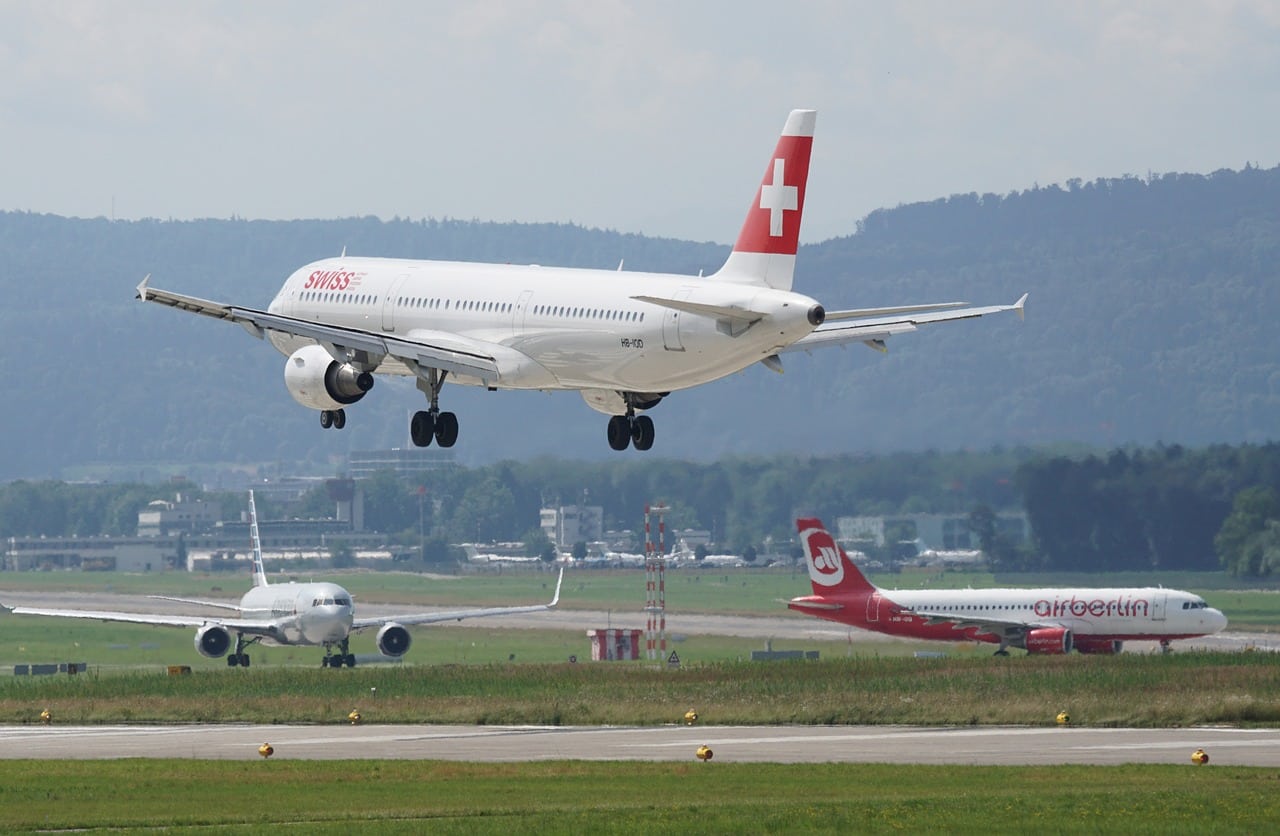In recent years, the number of reports filed by pilots to NASA’s aviation safety reporting system regarding incidents of GPS signal loss or disruption for private and commercial aircraft have increased. But how big of a problem is GPS signal disruption for commercial and general aviation aircraft flying in the U.S. National Airspace System and around the world, and what is the industry doing to address this problem?

Over the last decade, aircraft have been increasingly using Global Navigation Satellite System (GNSS) technology. This tech is used instead of traditional radio navigation aids, and air-to-ground-based and inertial navigation systems, as more operators take advantage of advanced Performance Based Navigation (PBN) procedures and satellite-based navigation technologies being deployed by Air Navigation Service Providers (ANSPs) around the world. But what happens when the signal used by GPS satellites gets jammed either deliberately by a military exercise or maliciously by a person with ill-intent or even inadvertently by a truck driver trying to scramble the signals of his employer’s GPS-based vehicle-tracking technology?
Between 2013 and mid-2016, there were nearly 80 incidents of aircraft GPS signal interference or malfunctions, according to those filed on NASA’s Aviation Safety Reporting System (ASRS). Pilots flying aircraft ranging from Cessna 172s to Airbus A300s have been reporting these incidents — and the incidents are not limited to the U.S. Other more high-profile incidents around the globe also highlight the problem.
The vast majority of incidents involve GPS-based navigation systems either experiencing a total loss of signal or — more alarmingly — misreporting the aircraft’s position. In around 50 cases, no immediate explanation is given for the malfunction, says Guy Buesnel, PNT security technologist at Spirient Communications, a communications networks provider based in the U.K.
Buesnel says many of the reports he has reviewed involve military jamming, but other incidents are either deliberate or unexplained.
Buesnel highlighted several other recent incidents that have occurred outside of the U.S., such as a report from Flight Service Bureau Bulletin for an October 2016 warning of serious GPS interference at France’s Marseille-Provence airport.
“GPS-based procedures for 31R/31L and 13R/13L are unusable for now,” the report notes. “Previously, we’ve talked about RPLL/Manila, HECA/Cairo, part of the Turkish FIR, and North Korea having the same issues.”
The FSB report also referred to other incidents in Cairo, Turkey and North Korea. In May 2016, Egyptian civil aviation authorities sent an internal alert warning pilots about malicious attempts at GPS signal jamming near Cairo airport.
Several reports filed with NASA’s ASRS between 2014 and 2015 feature Part 121 air carrier pilots reporting concerns with GPS signal losses near Mexico City airport (MMMX). According to one pilot’s excerpt:
“While conducting the RNAV (GPS) OR ILS Rwy 05R approach to MMMX in VMC conditions, I noticed as we flew over MAVEK (SMO VOR) intersection the FMC alerted ‘GPS INVALID L, R.’ This occurred perhaps one mile from MAVEK. As we were in VMC we continued a stable approach to an uneventful landing. I strongly suspect GPS jamming is once again occurring in the vicinity of the Mateo VOR.”
Drones have not been exempt from GPS signal jamming either. In December 2015, for example, the Department of Homeland Security (DHS) publicly confirmed that the drones it flies for surveillance purposes along the U.S.-Mexico border have experienced spoofing and jamming of GPS signals caused by what they believe to be Mexico-based drug cartels.
“At Spirent we have deployed interference detectors worldwide and what we’re seeing is that there does seem to be a trend in detecting more jamming events,” Buesnel told Avionics. “We see that there is a lot of low-level interference, which is not deliberate but can interfere with GPS systems.”
Buesnel says that cheap cigarette-lighter jammers available for purchase over the internet are being bought by people who want to stop employers from tracking their movements within certain jobs. Although it is illegal to possess such a device in the U.S., in other countries the legislation is less strict. “In the U.K., for example, whilst it is illegal to operate a GPS jammer, it is legal to own one,” he says.
Like with many airborne risks and safety threats, the aviation industry is well aware of the vulnerabilities of GPS, and actions are being taken to address them proactively. The FAA’s Air Traffic Organization (ATO), for example, notes on its website that the agency is actively working with the U.S. Department of Defense to mitigate vulnerabilities and to make sure augmentation systems can detect and mitigate concerns.
In December 2016 at a meeting of the U.S. space-based position navigation and timing national advisory board, DHS outlined several tests that will occur between March and August 2017 involving GPS receiver manufacturers to demonstrate how receivers operate in open air environment, identify vulnerabilities and help end users develop mitigation strategies.
Buesnel says Spirent has also developed a test framework that enables an automated test and relays captured interference waveforms into a receiver with a set-up scenario in its simulator. The test can simulate an aircraft landing on a runway with a jammer situated in the parking lot. This type of test can assess what impact that might have on the receiver in the aircraft and at ground level.
“GPS is a very successful system,” says Buesnel. “But, it has some specific vulnerabilities, so there is some work being carried out to introduce a complementary navigation system, which will have to happen at the governmental level, I imagine.”